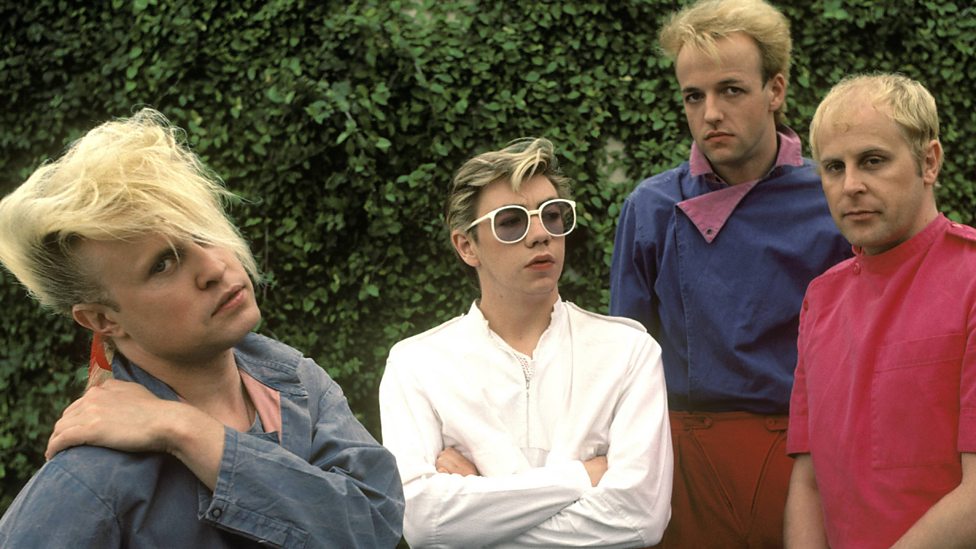
They spend their summer eating, roosting, sleeping and just generally relaxing before flying back to their breeding grounds. Once they reach their wintering grounds, seagulls tend to form flocks once more. Gulls from Canada and Alaska head towards the USA, and some go as far south as Central and South America. Some North European colonies fly to Africa or the Middle East. Gulls from Scandinavia and the Arctic head towards Central and Western Europe. Migrationĭuring migration, gulls form flocks of tens to hundreds of birds and typically head south. In addition, Gull colonies have sophisticated alarm systems that help warnings spread through the colony. Gulls also flock together to protect themselves and each other from predators. This is partly why gulls are found on every continent - they’ve colonised the world by flying everywhere! Most species of gulls are strong migrants and some travel many thousands of miles. Seagulls flock during the breeding season and migration.

Why do seagulls flock together in large groups? These exceptionally intelligent birds are amongst the most emphatic communicators of all animals. Unfortunately, due to their rather aggressive reputation - though this is often exaggerated - the intelligence of gulls is seldom given the credit it deserves. For example, gulls have a very strong repertoire of vocalisations and are endearing and protective of each other. Tinbergen’s study revealed the intricate social behaviours and social structures of gulls - he found that individual gulls and groups of gulls formed strong bonds that seemed to influence their behaviours in a variety of complex ways. Prior to this, the social behaviour of birds was relatively unresearched. In 1954, he published The Herring Gull’s World, a seminal study of bird behaviour. In the 1940s and 1950s, the pioneering Dutch ornithologist Nikolaas Tinbergen spent many months observing colonies of European Herring gulls both in the Netherlands and the United Kingdom. Gull social behaviour actually plays a major role in our understanding of bird behaviour. Read on to learn more about the flocking behaviours of this highly gregarious bird! But, in reality, gulls are exceptionally clever and curious birds that aren't more aggressive than most. Gulls aren't generally well-regarded - most people think they're nasty and aggressive. If you drop some food at the seaside, a group of gulls will be all over it in seconds - hence why you can call them a scavenging! Groups of seagulls are often loud and prominent in coastal areas - they're not scared of humans. Gulls are highly gregarious and social, which is why you're more likely to see them in groups rather than alone.


The term colony is used for many sea-faring birds and describes how gulls and other seabirds colonise cliffs, islands and other coastal areas. The most common collective nouns for groups of seagulls are a colony, flock and scavenging of seagulls. A visit to the coast often means exposing oneself to large flocks of ravenous gulls, but what is a group of seagulls called? There are 54 species of gulls, and they inhabit every continent on the planet. Seagulls - which are actually just gulls from the family Laridae - are some of the world's most widespread and successful birds.


 0 kommentar(er)
0 kommentar(er)
